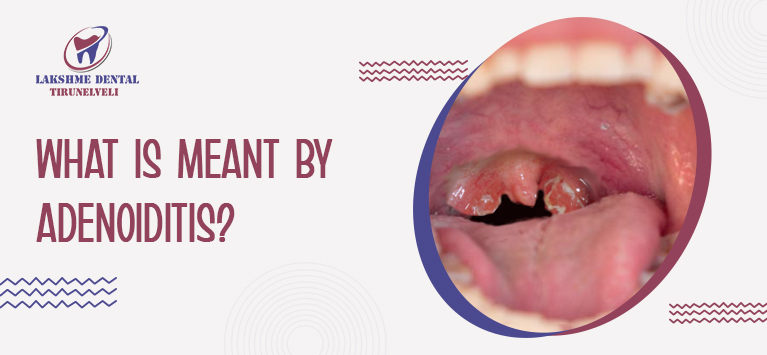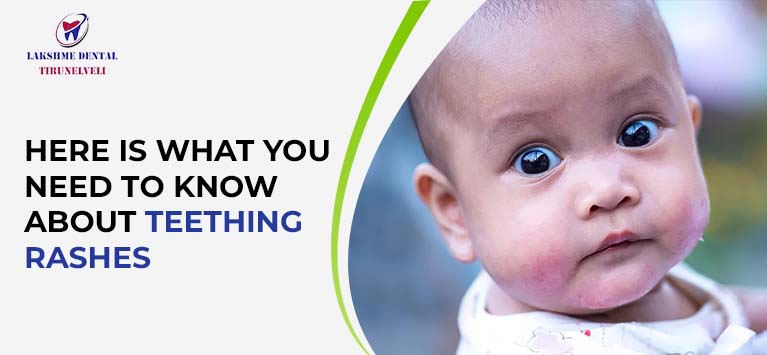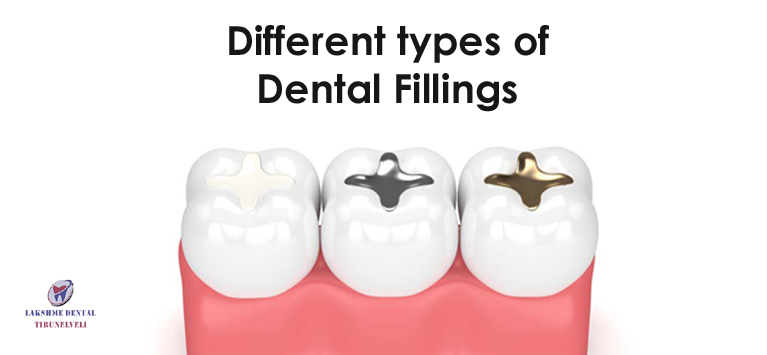
Eco-friendly Dentistry – Do Dentists really need it? This will help you decide!
Eco-friendly dentistry is the approach of practicing dentistry in a way that reduces dentistry’s precarious effects on the environment.
As this practice aims at going green and involving sustainable solutions, it is also called Green Dentistry, Sustainable Dentistry, and Environmental-friendly Dentistry.
How is our Lakshme Dental Hospital going green with Eco-friendly Dentistry?
There are some affordable and easy-to-implement eco-friendly dentistry practices. We incorporated them with the objective of making our clinic an environmentally friendly dental office.
1) Paperless digital records – We have switched to maintaining computographic records with the intent of reducing paper wastage. The chlorine-based bleaches used in paper production make pulp and paper a pollutant of air, soil, and water.
2) Digital impressions – The digital optical impressions made with intraoral cameras are highly accurate and can be sent to laboratories easily. It eliminates the wastage of alginate materials with which traditional dental impressions are made. Even though some alignate materials have high cytotoxicity, they are not harmful to human cells but affect our environment when they are disposed of abundantly.
3) Digital workflow – Similar to digital impressions, our clinic maintains dental digital workflow with gadgets like digital radiographs, CAD software tools, milling machines. Besides improving the efficiency, the transition of analog to digital dentistry reduces the amount of displacing biohazardous materials like lead foil in X-ray films, chromium in X-ray cleaners, dental waxes, gypsum, etc from our dental clinic.
4) Mercury-free restorations – Mercury is used in amalgam fillings for various reasons. However, Researches show that it will harm the patients in a long run. Similarly, mercury is a powerful contaminant of water resources. Hence we prefer mercury-free fillings for dental restorations and use porcelain fillings, composite fillings instead.
5) Metal-free ceramic restorations – The metals used in dental restorations cause an imbalance in soil pH, followed by contaminating the soil. Such metal-contaminated soils mandate a lot of money and manpower for environmental restoration. Hence we tend to use restorative appliances made up of high-strength dental ceramics that do not contain any metal compounds.
Bottom line
The strategies we explained here are some of the easy-to-implement approaches. If you want to lend your support to save the planet, it is time to implement environmental-friendly policies with your dental practices for the environment’s well-being.

















